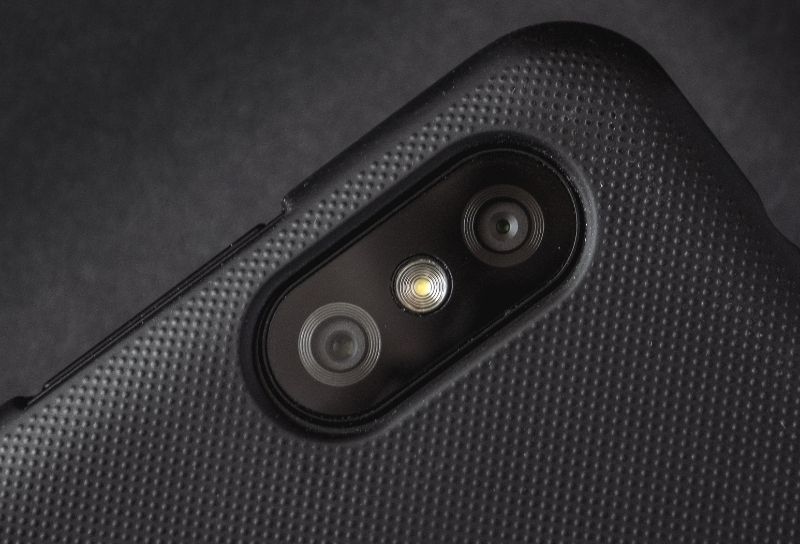
Making a custom product takes time. Usually, more time than our customers realize as there are never less details, and often more, during a development process. But through experience we learn optimization techniques that have a big impact. Below are some concepts you can apply for an efficient, yet reliable development process.
The App
When building a custom Android device, the key to quick development is identifying which parts of the product exist already. That way you start testing your app on existing devices at an early stage, rather than waiting for your custom hardware. Start by finding a sample of an existing product which uses the same CPU and Android version as your custom product, these are the foundation of an Android product. While the existing product and your custom product won’t be exactly the same, the existing product can be used to start testing the basic functionality of your app. Starting this process early saves time and generally results in a better app.
Special Hardware

To continue with efficient development, it’s necessary to know which components matter and aren’t standard. Consider the purpose and focus of the product. This determines what other components are important. For example, if taking photos or video using a wide-angle camera lens is part of the device requirements, try to get samples of different cameras to test with the chosen CPU to make sure the camera quality is good enough. We’ve seen the same camera provide different results with different CPUs (better results happened on CPUs with integrated ISP). Ultimately this motivated a change in the device CPU because the camera quality was such an important feature of the product.
During this stage the hardware doesn’t need any case as the point is quick compatibility testing of the hardware.
Casing

Basic concept is to start prototyping as early as possible. It’s possible to prototype even before the electronics are ready. Hatch’s customers usually design the exterior of their product case with an industrial designer (Hatch does the inside, mechanical engineering, part). Previously we had a customer approve a prototype and then a few months later change their mind regarding part of the external design. The mass production tooling was already done at that point, so the change ended up costing additional time and money.
Even if the custom Android electronics aren’t done, if case design is very important to a customer, it’s possible to quickly get a simple PCB made with just case fittings. For example, a blank PCB with just a USB, earphone, and charging port, rather than all the electronics components, so the customer can test from purely a mechanical and design standpoint. If that prototype works the same one can be used once the full electronics are done.